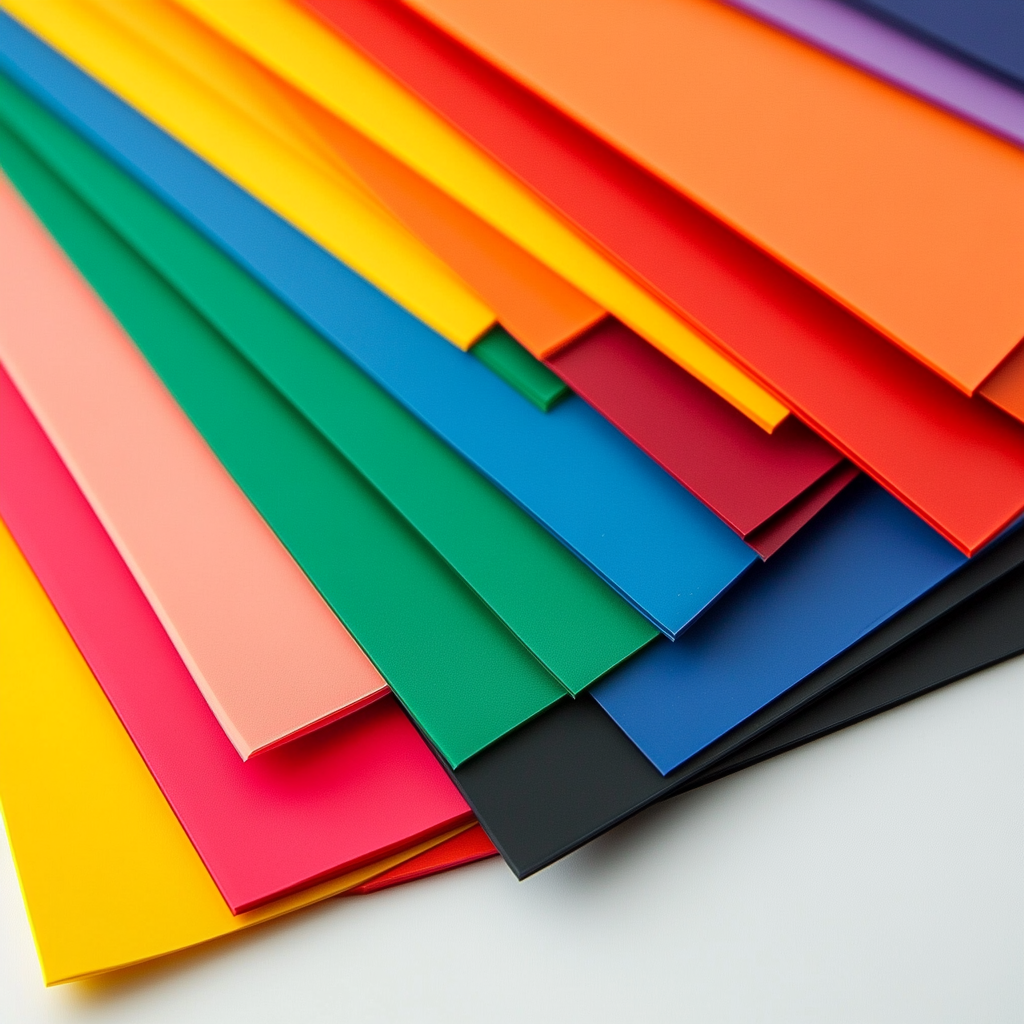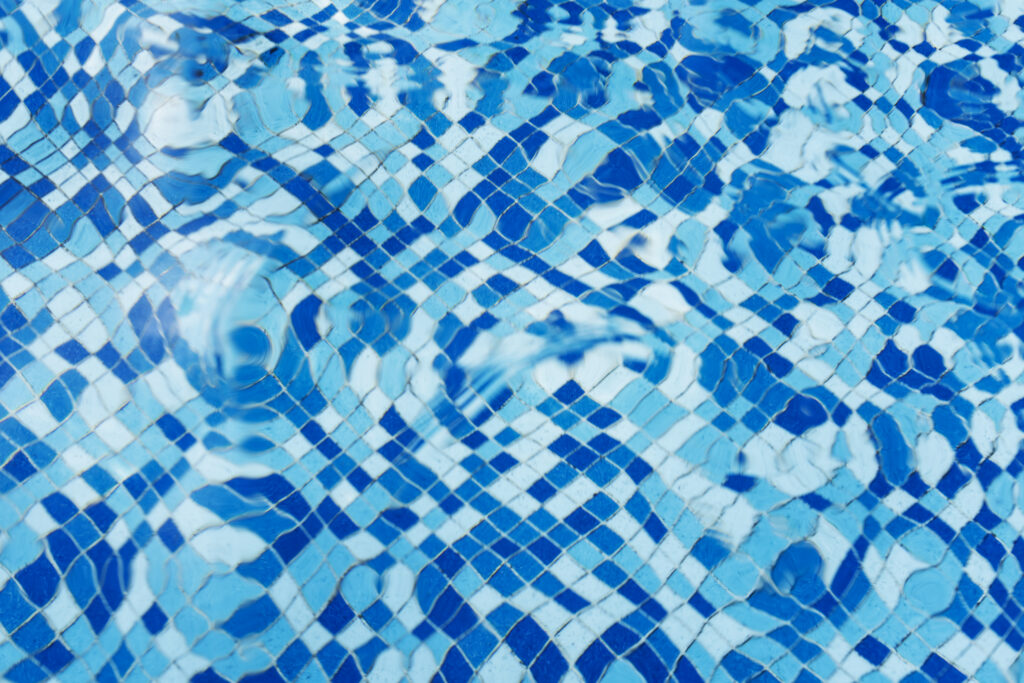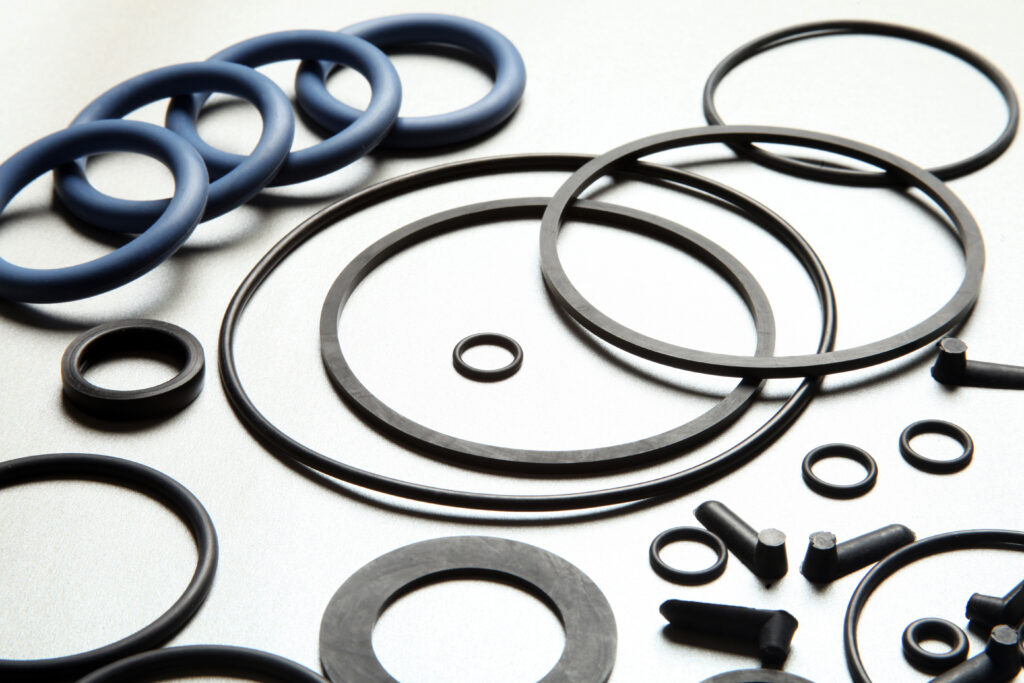
Chlorine-Resistant Elastomer Manufacturer Shares Applications and Benefits of Commonly Used Polymers
Chlorine-resistant elastomers are widely used in industries such as water treatment, pool maintenance, and chemical manufacturing where exposure to chlorine is high. We understand that chlorine’s aggressive nature can degrade materials, which are commonly used for seals, gaskets, hoses, and other components, so it’s critical to understand the various chlorine-resistant elastomer solutions, their benefits, and the applications they are suited for best. In this blog we’ll explore five of the most common chlorine-resistant elastomers that could be a part of your next project.
1.Chloroprene Rubber (CR)
Chloroprene rubber, commonly known as Neoprene, is one of the most widely used chlorine-resistant elastomers. It is characterized by excellent resistance to ozone, sunlight, and weathering, making it ideal for outdoor applications.
Applications: Seals, gaskets, hoses, and protective coatings.
Benefits: High tensile strength, flexibility, and good chemical stability.

2.Ethylene Propylene Diene Monomer (EPDM)
EPDM is a synthetic rubber that offers outstanding resistance to heat, oxidation, and weathering, in addition to chlorine. It is highly flexible and durable, making it suitable for a wide range of applications that require chlorine-resistant elastomers.
Applications: Automotive seals, roofing membranes, and pool liners.
Benefits: Excellent resistance to UV rays, ozone, and various chemicals, including chlorine.
3.Fluoroelastomers (FKM/Viton)
Fluoroelastomers, known by brand names like Viton, provide superior resistance to a wide variety of chemicals, including chlorine. These chlorine-resistant elastomers are particularly valued for their stability at high temperatures and in harsh environments.
Applications: O-rings, seals, gaskets, and chemical processing equipment.
Benefits: Exceptional chemical resistance, high-temperature stability, and long service life.

4.Hydrogenated Nitrile Butadiene Rubber (HNBR)
HNBR is known for its enhanced resistance to heat, oil, and chemicals, including chlorine. This makes it an excellent choice for applications that require durability under extreme conditions.
Applications: Automotive belts, seals, and oil field exploration equipment.
Benefits: High mechanical strength, resistance to abrasion, and excellent performance in harsh environments.

5.Polyvinyl Chloride (PVC)
PVC is a versatile plastic that exhibits good resistance to chlorine and other chemicals. While not an elastomer in the traditional sense, PVC is often used in conjunction with elastomeric materials to enhance chlorine resistance.
Applications: Piping, pool liners, and chemical storage tanks.
Benefits: Cost-effective, resistant to weathering and chemicals, and easily fabricated.
Gulf Is Your Trusted Chlorine-Resistant Elastomer Manufacturer
Choosing the right chlorine-resistant elastomer product depends on the specific requirements of your application, including the operating environment, mechanical demands, and chemical exposure. Chloroprene rubber, EPDM, fluoroelastomers, HNBR, and PVC each offer unique properties that make them suitable for various uses. By understanding the characteristics and benefits of these materials, you can make informed decisions to ensure the longevity and reliability of your products in chlorine-rich environments.
For more information on selecting the right chlorine-resistant elastomer for your needs, or to explore our range of products, contact us today. Our team of experts is here to help you find the best solutions for your specific applications.
